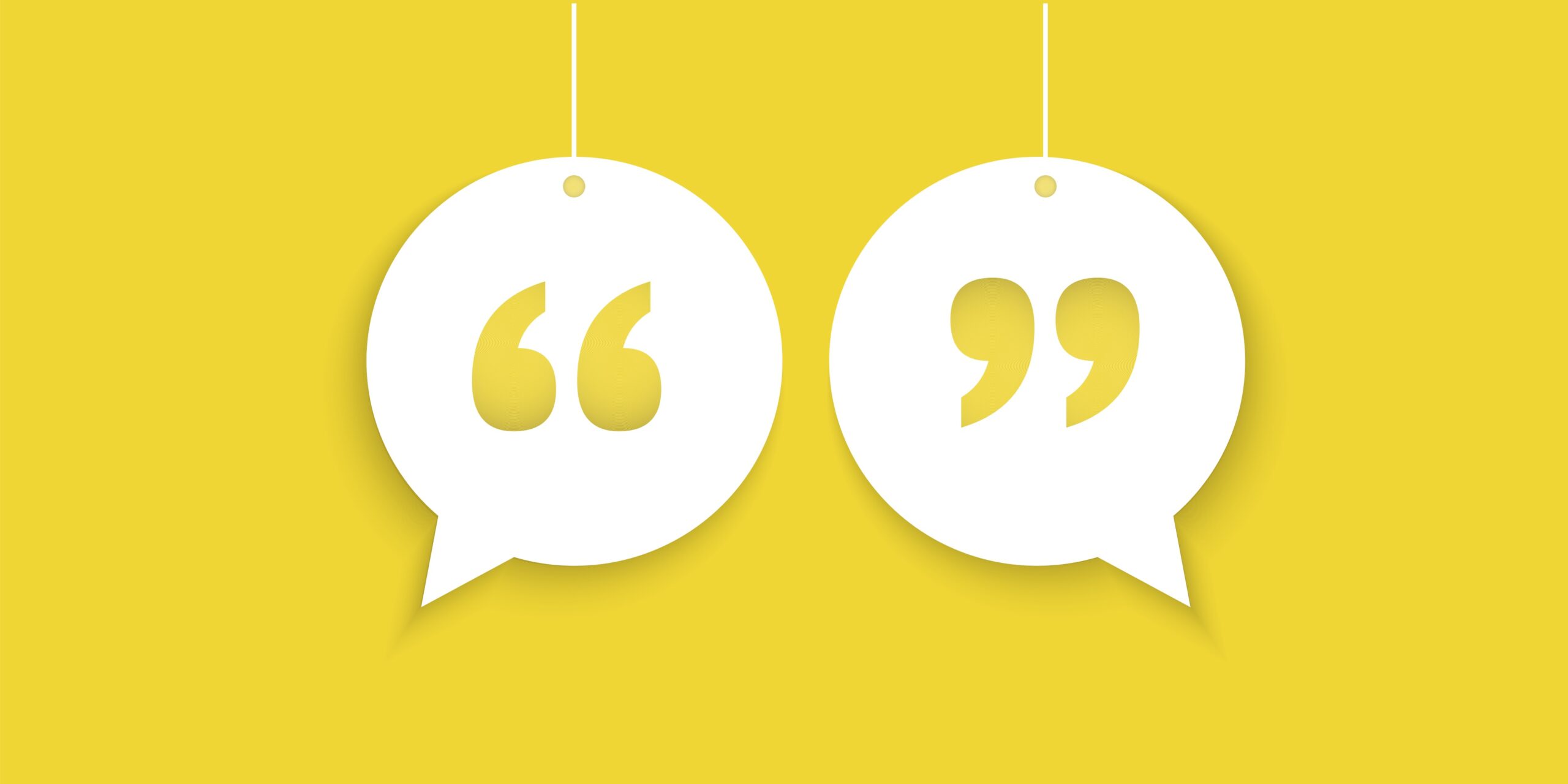the
Practical advice on building strategy, reflections on marketing trends and more.
Blog

One trend we can almost guarantee will continue to be big into 2023 is conversational marketing. Conversational marketing is the use of chat type features and direct messaging technologies to communicate with individual consumers.
Examples of conversational marketing tactics include:
- Chatbots
- Direct social media advertising like LinkedIn Conversation Ads or Facebook Messenger Ads
- And Text/SMS Ads
Why Conversational Marketing Works
The logic behind conversational marketing is the same as the tried-and-true direct mail campaigns of decades past: get your message delivered right into the hands of your audience members.
Direct mail marketing was based on the idea of meeting people where they are (physically) and conversational marketing is the same. Think about the ways you communicate on a daily basis. Email, text, and other forms of electronic direct messaging (like Slack, Facebook messenger, etc.) probably rank high on that list.
When done right, conversational marketing also takes it a step further to meet a consumer need — providing information. Through the use of conversational marketing tactics, like chatbots, you can provide direct answers, feedback and resources to current and potential consumers. A study by IBM reported that 70% of users want and expect instant answers to their questions.
This dialogue is mutually beneficial, too. Consumers get the information they want when they want it, and brands get insight into consumer needs, motivations and challenges that they can use to shape future campaigns, products and services.
Building Your Conversational Marketing Campaign
The tone for these campaigns and tactics is, you guessed it, conversational. This may mean flexing you brand’s tone a bit and leaning into individual brand ambassadors or leaders to be the “voice” of the message. But it’s important to remain authentic, too.
Conversational marketing can help build trust with consumers. This can be achieved by speaking in plain language, answering immediate questions and personalizing the flow of messages to the individual consumer. This can feel overwhelming, but with chatbot and AI enabled texting technologies, as well as logic-based or sequence-based ads in social messenger apps, your brand can provide a customized experience without needing to hire a call center to support it.
Getting started:
- Have a discussion with your marketing team or agency partner about what it might look and sound like for your brand voice to take a more conversational tone. Build examples into your brand guidelines.
- Decide who the right “speakers” or “senders” are and when/where to use them.
- Explore the tactics and technologies available and determine what will work for your team’s budget and time. Guides like the one developed by Hubspot share the ins and outs of different systems and platforms and can be a good place to start.
Let’s Chat: Conversational Marketing
September 15, 2022
Hi! I'm Colleen.
I’m a strategic marketing professional with over a decade of experience and a passion for mission-based brands.
full bio
founder
marketing consultant communication expert
founder | marketing consultant | communication expert
I’m also a trained writer who loves teaching people and organizations how to improve their communication to achieve their goals. Part marketing leader, part communications instructor, 100% focused on YOUR growth.